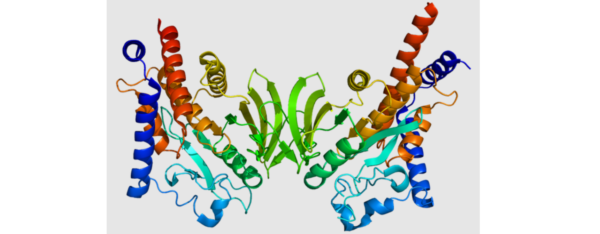In the quest for novel therapeutics, understanding the intricate interactions between drugs and human receptors is paramount. Human receptors play a pivotal role in various cellular processes and are key targets for drug discovery efforts. The Human Receptors Annotated Library of Compounds serves as a valuable resource for researchers, providing comprehensive information on compounds that interact with specific human receptors and facilitating the development of targeted therapies.
The Human Receptors Annotated Library of Compounds: A Database of Possibilities
The Human Receptors Annotated Library of Compounds is a curated collection of chemical entities that have been experimentally validated to interact with specific human receptors. This database encompasses various receptor families, including G protein-coupled receptors (GPCRs), ion channels, nuclear receptors, enzyme-linked receptors, and many others. Each compound entry in the library is accompanied by detailed information on its chemical structure, physicochemical properties, binding affinity, selectivity, and associated biological activities.
The library is continually updated with new compounds and results from high-throughput screening campaigns, virtual screening approaches, and medicinal chemistry endeavors. It provides a centralized repository of knowledge, integrating data from diverse sources such as scientific literature, public databases, and research collaborations. This wealth of information empowers researchers to perform informed analyses, make rational decisions, and accelerate targeted drug discovery and development.
Applications in Targeted Drug Discovery:
The Human Receptors Annotated Library of Compounds acts as a crucial resource for researchers involved in targeted drug discovery. By exploring the library, researchers gain insights into the chemical space and structural features of small molecules or biologics that interact with specific human receptors. This knowledge aids lead identification, selection, and optimization, increasing the efficiency and success rate of drug discovery programs.
One significant application is virtual screening, where computational methods are employed to identify potential lead compounds that could bind to a target receptor. The library provides researchers with a diverse set of compounds that have already shown activity against a particular receptor, serving as a starting point for virtual screening campaigns. This approach significantly enhances the chances of discovering novel compounds with desired target engagement and pharmacological properties.
Furthermore, the library facilitates structure-activity relationship (SAR) studies by providing a repertoire of compounds known to interact with specific human receptors. By analyzing the chemical modifications and substitutions that lead to improved affinity, specificity, or biological activity, researchers can generate valuable SAR insights. This iterative process helps in the rational design and synthesis of more potent, selective, and drug-like compounds targeting specific receptors.
Collaboration and Knowledge Sharing:
The Human Receptors Annotated Library of Compounds fosters collaboration and knowledge sharing among researchers and institutions. Through the library, researchers can share their own experimental data and contribute to the annotation of chemical compounds with their receptor affinities and biological activities. This collaborative environment enables the constant update and enrichment of the library, ensuring its accuracy and relevance for the wider scientific community.
Conclusion:
The Human Receptors Annotated Library of Compounds is an invaluable tool for researchers in the field of targeted drug discovery. By consolidating and curating a vast collection of compounds that interact with specific human receptors, the library provides researchers with comprehensive information that guides the design and optimization of targeted therapies. With its extensive chemical space coverage and rich annotations, the library accelerates the discovery of effective compounds and paves the way for the development of more precise and personalized medicines.
In the pursuit of targeted therapies, the Human Receptors Annotated Library of Compounds stands as a beacon, offering researchers a path to unravel the complexities of human receptors and bring forth innovative treatment options for various diseases.


